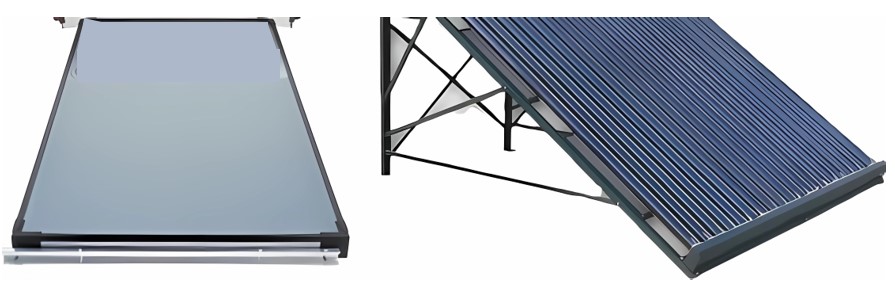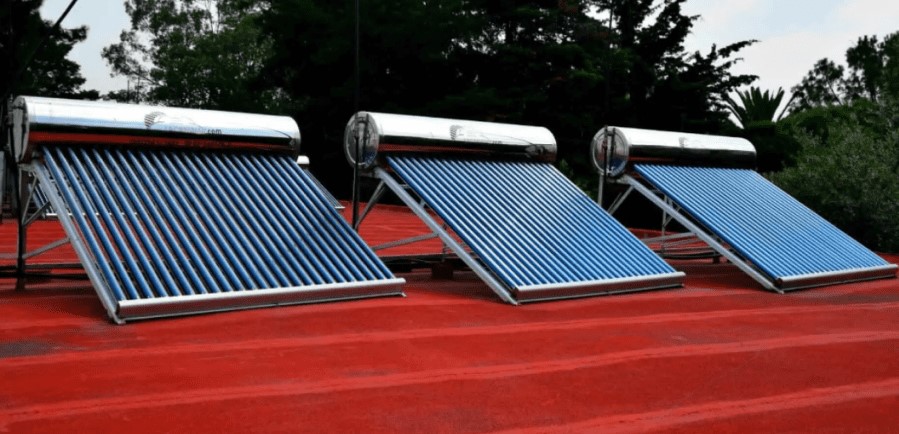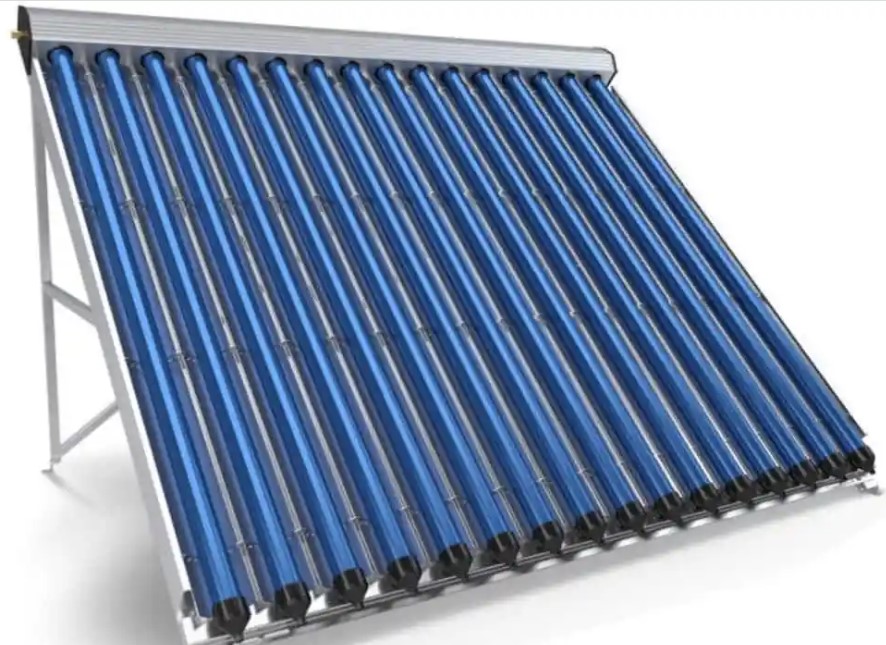Solar Energy
Thermal solar panel: what it is, how it works, and its applications
Solar energy has gained significant momentum in recent years, thanks to its cost-effectiveness, sustainability, and eco-friendliness. To harness solar energy, we use the so-called panels, which are divided into thermal solar panel and photovoltaic panels.
Both have very specific uses, but they share the commonality of utilizing the sun as a source of energy.
In this post, we will analyze thermal solar panels as a way to meet your heating needs. Let’s get started!
The thermal solar panel
These are elements designed to harness the thermal energy from sunlight. They differ from solar panels because instead of generating electricity, they are used to produce heat and transfer it to the environment or water.
It is noteworthy that this device is much less known than the photovoltaic solar panel due to its limited applications.
It is divided into 2 types, based on the solar heat capture technology. These are:
- Vacuum solar cylindrical collectors, these are glass tubes filled with a thermal absorbent. When sunlight reaches the tubes, they absorb the heat and transfer it to the circulating fluid through the thermal absorbent.
- Flat solar collectors, these consist of a dark plate that transforms solar energy into heat. It then transfers the heat to the fluid circulating through it.

Operation of thermal solar panels
Once the tubes or plates absorb the heat from sunlight, they warm the liquid circulating through them.
This liquid can be glycol, water, or a mixture of both. This compound goes to the heat exchanger and raises the temperature of the water for its use or storage in a thermal tank. Below, we mention some of them. Finally, the liquid regains its temperature, and thus, the process repeats indefinitely.
Main applications of thermal solar energy

Here are the most common applications:
- Space and enclosure heating, circulating hot water through pipes as a result of the process. The heat is then distributed with forced ventilation
- Water heater, indeed, this is the most well-known application, mainly in homes, although it is also used for industrial purposes. This allows for a constant and cost-effective supply of hot water
- Pool heating, making the pool water temperature pleasant efficiently and economically
- Combined heating and cooling systems, with solar thermal panels as the main element. A conventional backup system, functioning with gas or electricity, is used to ensure continuity of service while achieving significant fuel and electricity savings.
This ensures the continuity of the service while obtaining significant savings in fuel and electricity
In our next article, we will discuss the composition and advantages of solar thermal systems.
As the most widely used application, we have created the post Solar water heater: what is it and how does it work?. Don’t miss it!»
On the energydcac blog, you can find a lot of information about solar energy, its uses, components, and features. Visit us, and you’ll see!

